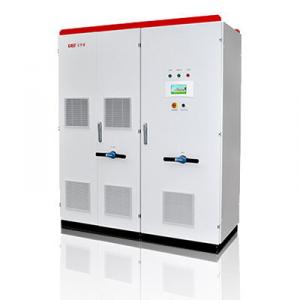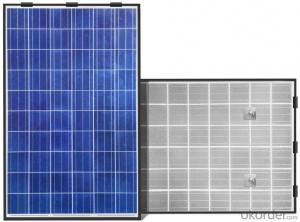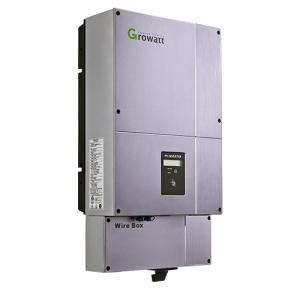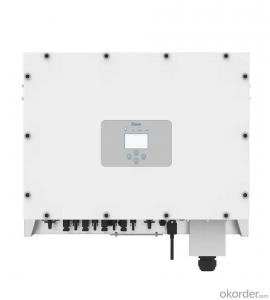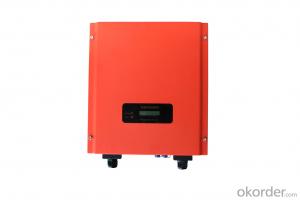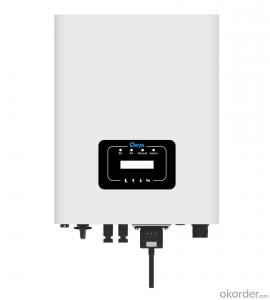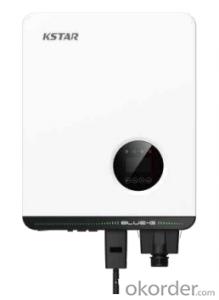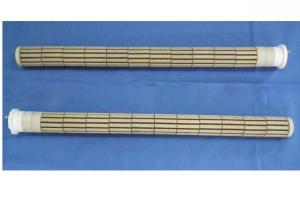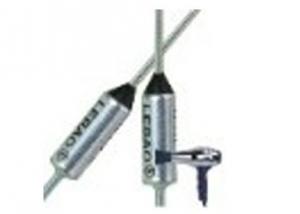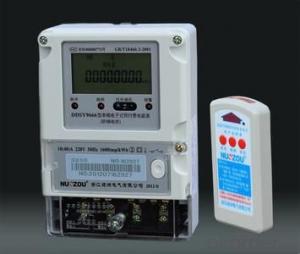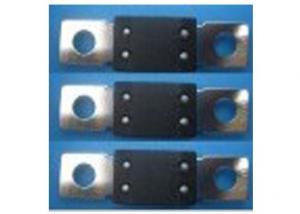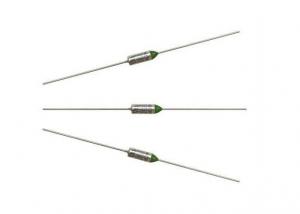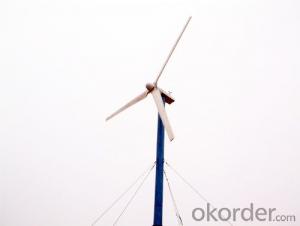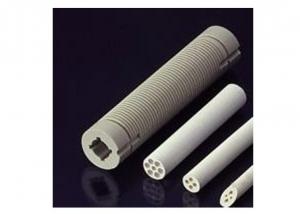Solar Inverter Sizing
Solar Inverter Sizing Related Searches
Solar System Inverter Sizing Sizing Solar Inverter Solar Inverter Sizes Solar Inverter Size Solar Pv Inverter Sizing Standard Solar Inverter Sizes Solar Inverter Size Chart Solar Panel Inverter Size Inverter Size For Solar System Solar Edge Inverter Sizes Oversizing Solar Inverter Oversized Inverter Solar Solar Inverter Configuration Undersizing Solar Inverter Solar Inverter Description Solar Module Size Solar Inverter Drawing Solar Inverter Comparison Solar Power Inverter Diagram Solar Panel Inverter Diagram Solar Inverter Earthing Inverter In Solar Solar Inverter Upgrade Solar Inverter Features Solar Panels With Inverter Solar Inverter Pcb Layout Construction Of Solar Inverter Inverter On Solar Panel Inverter Solar Panels Inside Solar InverterSolar Inverter Sizing Supplier & Manufacturer from China
Solar Inverter Sizing is a crucial aspect of solar power system design, ensuring that the inverter selected is appropriately matched to the solar panel array to optimize energy production and efficiency. This process involves calculating the correct size of the inverter based on the total power output of the solar panels and the specific requirements of the system. By accurately sizing the inverter, system performance can be maximized, and potential issues such as overloading or underutilization can be avoided.In various applications, Solar Inverter Sizing plays a significant role in residential, commercial, and utility-scale solar installations. Properly sized inverters are essential for maintaining the balance between the solar panels' energy output and the grid's ability to accept the power. This ensures that the solar system operates at peak efficiency, reducing energy waste and maximizing return on investment. Whether it's a small home solar setup or a large-scale solar farm, accurate inverter sizing is key to the overall success and longevity of the solar power system.
Okorder.com is a leading wholesale supplier of Solar Inverter Sizing products, offering a vast inventory of high-quality inverters and related components. With a commitment to providing reliable and efficient solutions, Okorder.com ensures that customers have access to the right products for their specific solar power needs. By partnering with reputable manufacturers and maintaining a large inventory, Okorder.com is able to deliver the necessary components for Solar Inverter Sizing quickly and efficiently, helping customers to achieve their renewable energy goals.
Hot Products

